Overview
Map
Other Details
محبسة مار بطرس وبولس
AAnaya
Jbeil
Mount Lebanon
محبسة مار بطرس وبولس - عنّايابُنيت المحبسة سنة ١٧٩٨، على يد الراهبان يوسف أبي رميا وداود بن موسى عيسى خليفة من إهمج، اللذان بنيا معبدًا صغيرًا، على أنقاض معبد قديم، وأطلقوا عليه إسم دير التجلّي، وستّة قلالي للسكن. عام ١٨١٤، إنضمّ هذان الراهبان إلى الرهبانيّة اللبنانيّة المارونيّة، فتسلّمت الرهبانيّة المحبسة على عهد الرئيس العام اغناطيوس بليبل، وتحوّلت كنيستها بأمر البطريرك يوحنا الحلو إلى إسم القديسين بطرس وبولس. من أشهر حبسائها: الأب أليشاع كسّاب الحرديني شقيق القديس نعمةالله، والأب الأب شربل مخلوف أي القديس شربل. تحوّلت المحبسة إلى مزار، يزوره المؤمنون للصلاة وطلب شفاعة القدّيس شربل.The Hermitage of Sts Peter and Paul - AnnayaThe hermitage was built in 1798 by two monks from Ehmej: Youssef Abi Ramia and Dawood Bin Moussa Issa. It consisted of six cells and a chapel dedicated to the Transfiguration of the Lord. In 1814 both monks joined the Lebanese Maronite Order. The hermitage was transferred to the Order during the days of Abbot Ignatius Bleibel and by order of Patriarch Youhanna el Helou was rededicated to Sts Peter and Paul. The most famous hermits who resided in the hermitage are Fr Elishaa Kassab, the brother of St Nematullah and St Charbel Makhlouf. Today the hermitage is a shrine and a pilgrimage site to those asking for St Charbel’s intercession.
Visited 1692 times, 3 Visits today

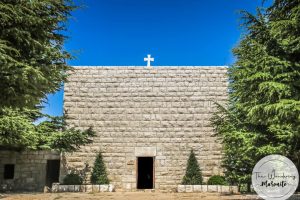
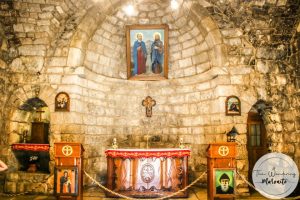
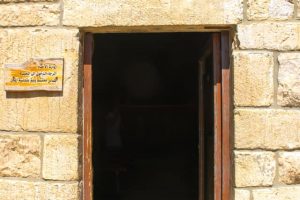
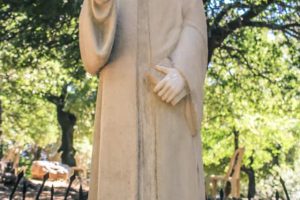
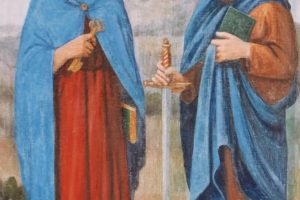
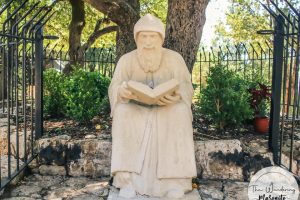







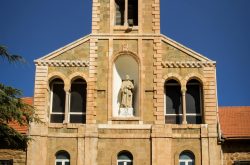

Reviews are disabled, but trackbacks and pingbacks are open.